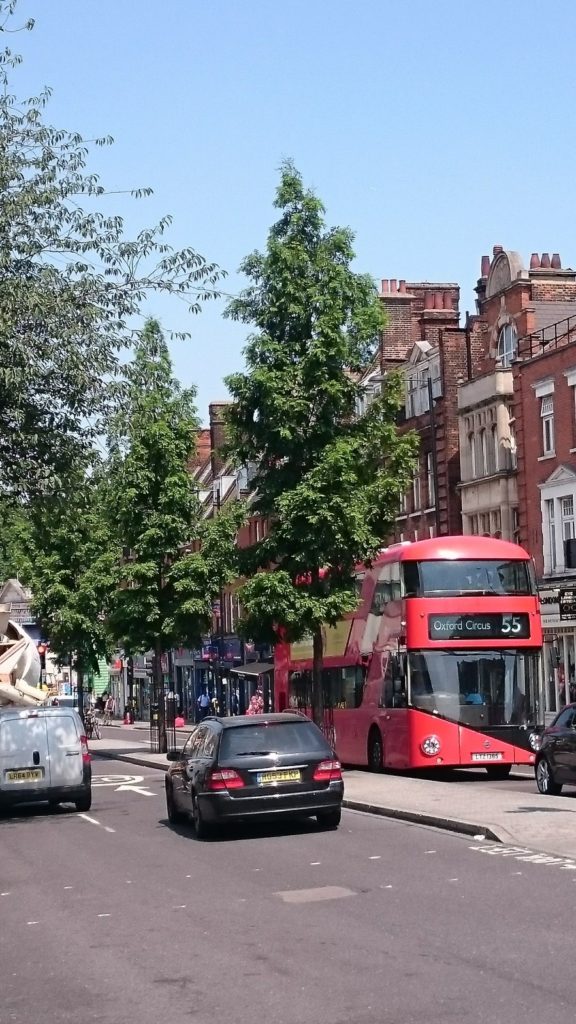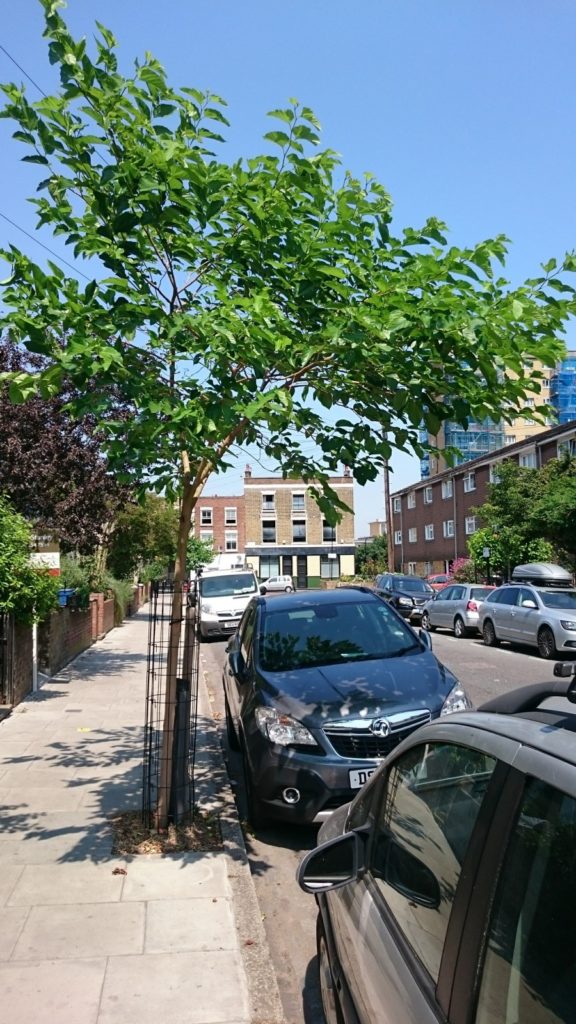
For many years those of us who are interested in the benefits that trees provide to urban society have pondered on just how many trees we have in our towns and cities. Some have suggested that tree canopy cover in urban areas is decreasing, their perspective being based on anecdotal evidence. How can we improve our understanding?
Urban trees are important for so many reasons: giving character, beauty and a home for wildlife; regulating local climate; intercepting rainfall and; filtering pollutants from the air we breathe. Urban canopy cover as a metric, i.e. as a simple number, can be a very useful indicator of the status of our urban trees – their number and geographic spread, and the distribution of the benefits they supply. Many cities around the world have realised this and have not only assessed their urban canopy cover but also set time-bound targets to increase it.
At the recent Trees People and Built Environment 3 conference, we released data on the tree canopy cover of 283 English, 7 Scottish and 2 Welsh towns and cities, including baselines for the first time for 265 English urban areas. View the data via our presentation at or visit www.urbantreecover.org.
This information is valuable for communicating the current state of urban canopy cover and is useful for triggering conversations about why canopy cover is at a certain level and what needs to be done to conserve and expand it. For example, it can be used to look back – by comparing current canopy cover to past levels as revealed in aerial photographs – and it can be used as a marker to track future changes in cover and to set a canopy cover target and achievement date.
From our study data and the international review presented to the conference, if local authorities or others, such as town councils, are considering setting an urban tree canopy cover target, the research suggests that the minimum level should be 20%, or 15% for coastal towns. For locations where urban canopy cover is already above the minimum, the study suggests that you set your target to increase by a further 5%, an increase that is discernible given the approximate +/-2% error in canopy cover assessment tools.

Our study was not comprehensive – numerous English urban areas were not covered. However, the assessment of urban canopy cover is now highly accessible: assessing cover of a single area (be that a ward or town) only takes about one hour with i-Tree Canopy. Perhaps you could undertake a survey in your area? Visit canopy.itreetools.org to learn more, try a sample project or conduct your own analyses. Let us know the result and we’ll add it to www.urbantreecover.org.
More still, we encourage towns and cities to assess canopy cover at the ward level to determine where it is especially low. Targeting future planting at such areas is an effective strategy for increasing your city-wide average to achieve the recommended minimum standard and ensure that all sectors of society benefit from urban trees.
Information on Forest Research’s work measuring and valuing the benefits of urban trees.
Disclaimer: The views and opinions expressed in this article are those of the author and do not necessarily reflect the views of the Institute of Chartered Foresters.






